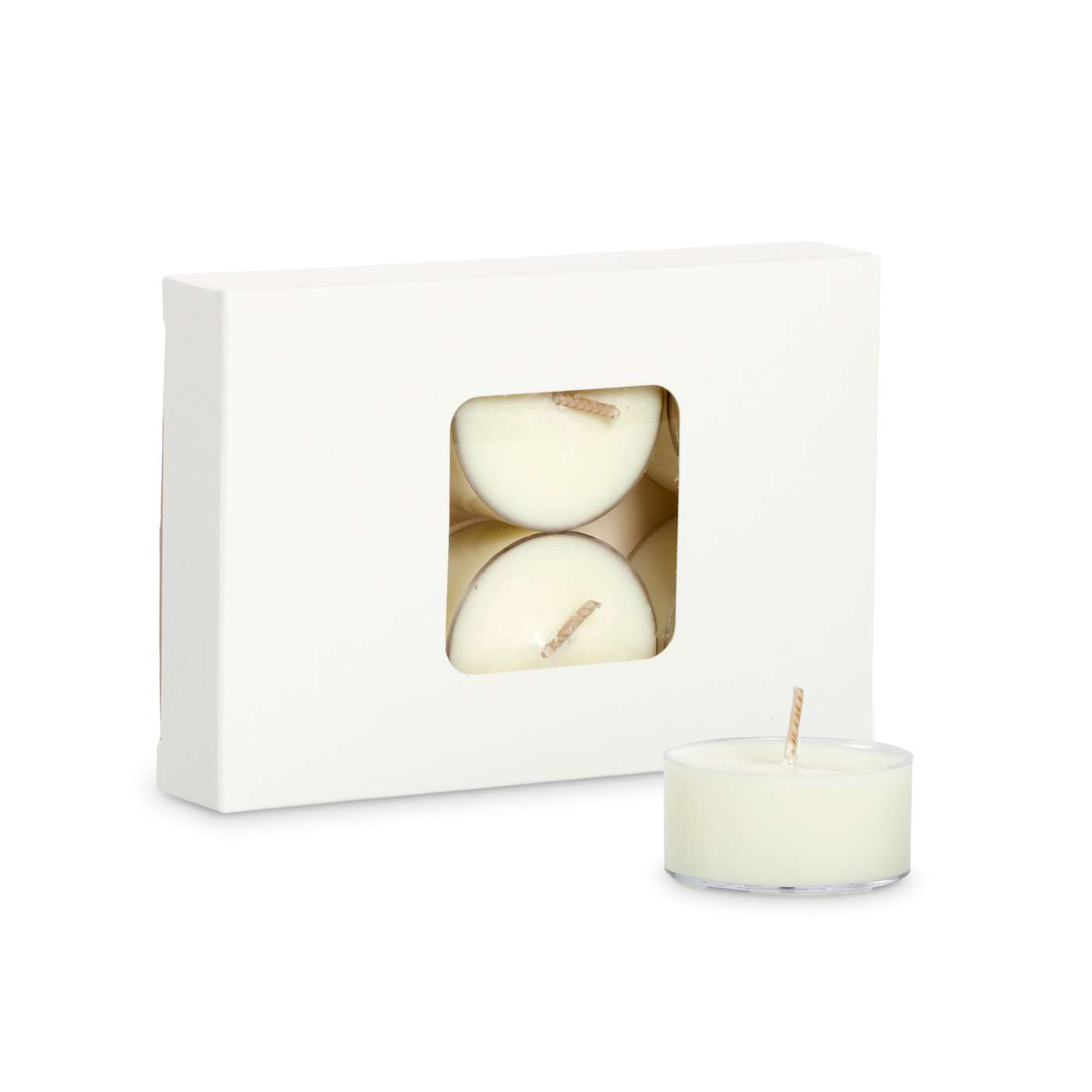Raise Your Area with Premium Soy Wax Candles and Home Fragrance
Raise Your Area with Premium Soy Wax Candles and Home Fragrance
Blog Article
From Wick to Wax: Understanding the Chemistry Behind Soy Wax Candles and Their Environmental Impact
As we illuminate our areas with the warm radiance of candles, there exists a world of elaborate chemistry behind the seemingly simple act of lighting a soy wax candle. Join us as we unwind the clinical intricacies behind soy wax candle lights and discover their implications on our atmosphere.
Soy Wax Vs. Paraffin Wax
When comparing soy wax and paraffin wax for candle light making, it is important to understand the distinct attributes and advantages of each product. Soy wax is a natural, renewable resource derived from soybean oil, making it eco-friendly and eco-friendly - soy wax candles. On the other hand, paraffin wax is a result of oil refining, which raises concerns about its environmental impact and sustainability
Soy wax candles shed cleaner and release much less soot contrasted to paraffin wax candle lights, making them a healthier selection for interior air quality. Additionally, soy wax has a reduced melting point, allowing for a longer-lasting candle that distributes fragrance better. Paraffin wax, on the various other hand, has a tendency to shed faster and much less cleanly, possibly launching hazardous chemicals into the air.
From a sustainability point of view, soy wax is favored for its biodegradability and renewable sourcing, lining up with the expanding consumer choice for eco aware items. While paraffin wax has been a traditional option in candle making due to its price and simplicity of use, the change in the direction of eco-friendly alternatives like soy wax is gaining energy in the market.
Chemical Composition of Soy Wax

Burning Refine in Soy Candles
The chemical structure of soy wax directly affects the combustion procedure in soy candles, impacting aspects such as shed time, fragrance release, and environmental impact. When a soy candle light is lit, the warmth from the fire melts the wax near the wick.
The burning performance of soy candles is influenced by the purity of the soy wax and the top quality of the wick. A clean-burning soy candle with a properly sized wick will certainly produce a stable flame and decrease soot development. This not just expands the melt time of the candle light but also boosts the release of scents. Furthermore, soy wax candles have a reduced environmental influence contrasted to paraffin candles due to their eco-friendly and naturally degradable nature.

Environmental Advantages of Soy Wax

Considered a lasting alternative to conventional paraffin wax, soy wax provides notable ecological advantages that make it a prominent option among eco-conscious consumers. One significant benefit of soy wax is its sustainable sourcing. Soy wax is originated from soybean oil, which is predominantly grown see it here in the United States. The cultivation of soybeans aids support regional farmers and reduces the dependency on non-renewable fossil fuels used in paraffin wax production. Additionally, soy wax is biodegradable, suggesting it damages down naturally without launching harmful contaminants right into the environment. This characteristic makes soy wax candle lights a much more eco pleasant alternative compared to paraffin wax candles, which are made from oil, a non-renewable resource. Soy wax burns cleaner and produces much less soot than paraffin wax, adding to much better interior air high quality and reducing the requirement for cleaning and upkeep. In general, the environmental advantages of soy wax line up with the expanding need for sustainable and green products on the market.
Recycling and Disposal Considerations
Reusing and proper disposal of soy wax candle lights play a crucial duty in maintaining environmental sustainability and minimizing waste in areas and households. The initial action is to ensure that the candle has actually burned totally when it comes to recycling soy wax candles. This can be accomplished by enabling the candle light to melt till the wick is no more usable, and after that letting the remaining wax cool and solidify. Once the wax has actually strengthened, it can be meticulously gotten rid of from the container.

In terms of disposal, if recycling is not an option, soy wax candle lights are eco-friendly and can be securely dealt with in many home waste systems. However, it is constantly suggested to get in touch with local reusing facilities or waste management services for particular guidelines on candle disposal to make certain appropriate handling and ecological defense.
Conclusion
In final thought, the chemistry behind soy wax candle lights reveals their ecological benefits over paraffin wax candle lights. Soy wax, acquired from soybean oil, burns cleaner and generates much less soot when contrasted to paraffin wax.
When contrasting soy wax and paraffin wax for candle light making, it is necessary to understand the unique attributes and advantages of each Extra resources material (home fragrance).Soy wax candle lights shed cleaner and produce much less residue contrasted to paraffin wax candles, making them a much Home Page healthier option for indoor air top quality.Considered a sustainable choice to conventional paraffin wax, soy wax supplies significant environmental benefits that make it a popular option among eco-conscious consumers. Soy wax burns cleaner and generates much less residue than paraffin wax, adding to far better indoor air quality and decreasing the requirement for cleaning and maintenance.In final thought, the chemistry behind soy wax candles discloses their ecological benefits over paraffin wax candle lights
Report this page